Nobody likes new transmission across their property. NOBODY! Anyone who said transmission was a great idea is either not affected, or their advocacy is being purchased with favorable treatment and ego-stroking (and cash helps, too!).
This new report (see "How Grid Projects Get Stuck" at the bottom of the page) makes conclusions about why the Grain Belt Express stalled out for so long and thinks it has now been successful. Complete lack of accuracy! GBE is in as much trouble now as it's ever been. It's got its corporate head shoved too far up the Biden administration's rear end, hoping for government favors to pull itself out of the dumpster. How much of our tax dollars will the federal government waste on a project that has never been needed?
And, speaking of need, the researchers did not seem to understand what they were told about lack of need for GBE, no matter how much people tried to educate them. GBE, as a merchant transmission project, has not been found needed by regional transmission organizations for reliability, public policy, or economic reasons. If it had any of those benefits and its cost was less than the benefits it offered, a RTO would have ordered the project. No RTO ordered GBE because there was no need for it, not because they are biased against outsiders. If it's not found needed by an RTO, it is not needed. Everyone (but the researchers) understands that. GBE was a speculative venture, a value proposition that never could find any customers who thought it provided enough value to sign a contract. When a project is not needed by a regional transmission planner, and it can't find any customers that think it's an economic value, then it's a completely unnecessary project. It is like McDonald's eyeing your front yard -- GBE wants to take your front yard so it can build a transmission project for one simple reason -- PROFIT. Not because it's needed, or because it provides economic value. Incumbent utilities may be for profit, but they are also public utilities with an obligation to serve. GBE is not a public utility. GBE is only trying to create profit, not serve consumers who need electricity.
The researchers honed in on the disrespectful way Clean Line treated landowners, even mentioning the "Marketing to Mayberry" episode. Skelly gets faulted for his approach to local governments and elected officials before landowners were even notified. That pretty much set the tone, didn't it? How different things might have turned out if Skelly approached landowners first and actually paid attention to their desire for the project to be sited along transportation corridors and buried. It would be operating right now, if it had attracted customers. Instead, Skelly and then Invenergy, just kept dumping hundreds of millions of dollars into a plan that was badly conceived from the beginning. GBE didn't listen to landowners.
The things the researchers think GBE did wrong ultimately don't mean anything though because they picked up on the wrong things, things that wouldn't have made a difference in the long run.
- Regulatory institutions are stacked against new players.
- Public and regulators' understandings of public interest and public need enable parochialism.
- This case highlights a fundamental mismatch between the scale of costs and benefits for long-haul transmission infrastructure.
- The traditional model of community engagement, centered around mass meetings and evaluation of alternatives, failed to satisfy either the developer or the community.
- Community members are aware of alternative process models and technologies, and they anchor their judgments to their knowledge of these alternatives.
- Public opinion favors incumbent entities and processes.
State regulators have a duty to consider the public impacts of new transmission. That's not parochialism, that's doing their job. State regulators don't work for merchant transmission companies, or electric consumers in other states. They only work for the public in their jurisdiction.
Projects without benefits will never be accepted by impacted landowners. Even projects with some supposed benefit for "the public" don't matter when it's your home and your money on the line.
Yes, the utility model of keeping the public uninformed until the project and its routes are set in stone is unhelpful. Transmission developers that operate in secret fail in public. But what's the alternative? Would developers approach communities and ask them upfront what kind of project they should build? That is unlikely because the whole public engagement process is built on an enormous misconception. Developers (and researchers) believe that if they can only "educate" (propagandize) impacted communities, that they can turn opposition into support. That is NEVER going to happen. Nobody wants a transmission line. NOBODY. Self preservation is always stronger than bullshit.
The road to success is staring transmission developers, big green transmission advocates, and their government flunkies right in the face. It's a transmission project that does not need any new land. No new land, no eminent domain, no impacts, no opposition.
First of all, we should build new power generation near the power load. When new transmission is needed, it must be routed on existing linear easements, such as road, rail, or underwater. Building a gigantic network of transmission lines for the sole purpose of connecting wind and solar projects to load in distant cities, and trying to use transmission to make up for the intermittent nature of these unreliable sources of electricity is not going to save them. Remote wind and solar is an infeasible money pit. The only thing it's been successful at is making the rich richer.
Landowners who don't want new transmission lines on their property are not a "problem" to be solved.
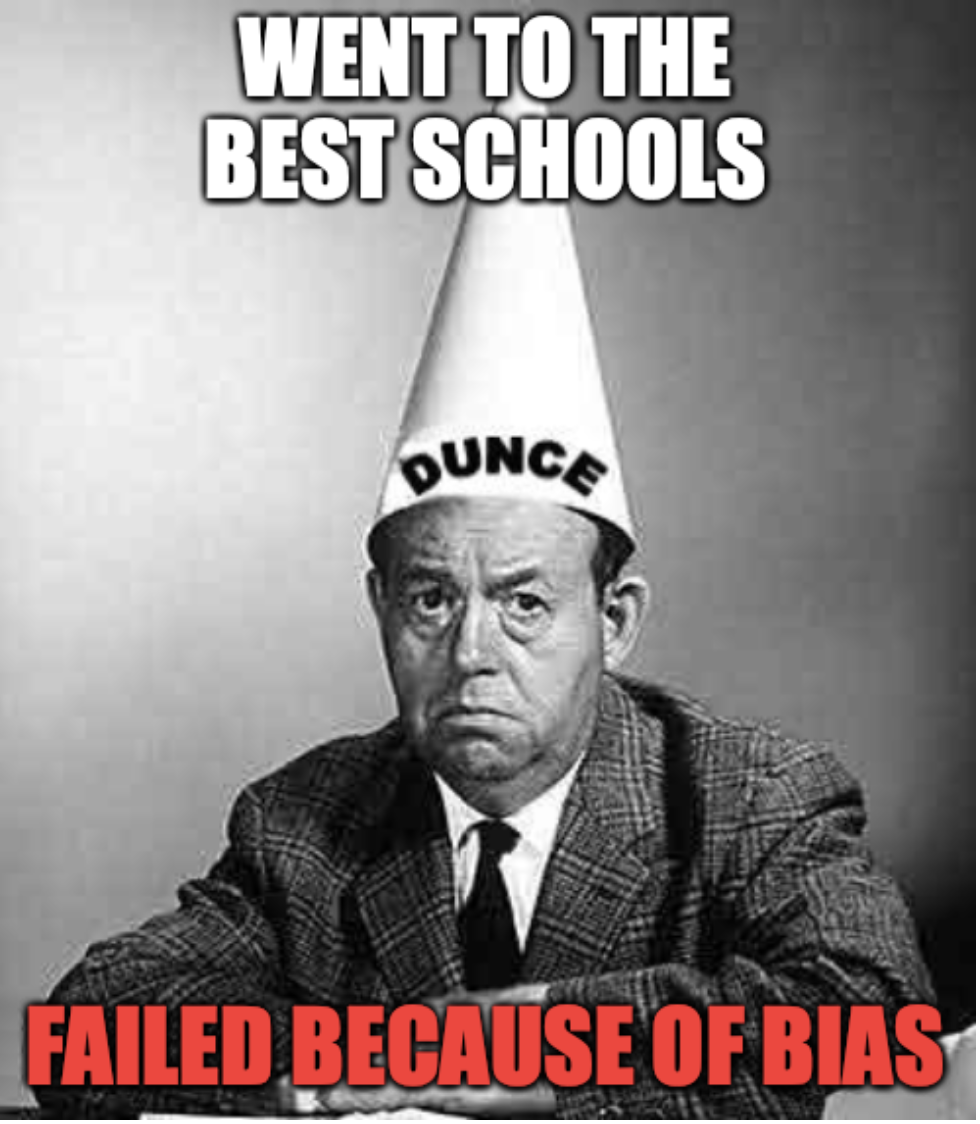
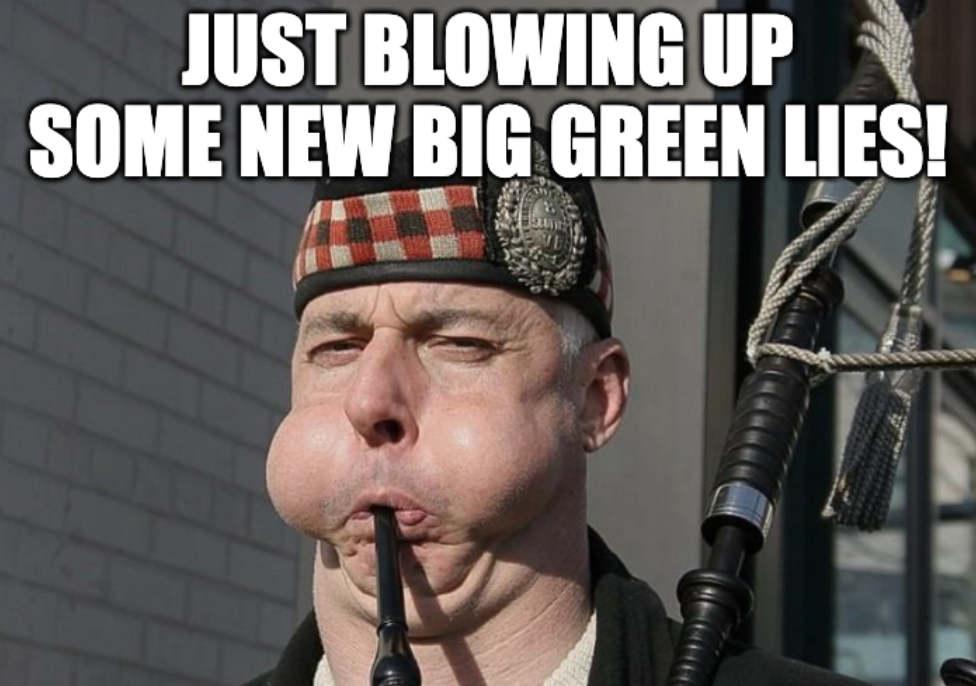
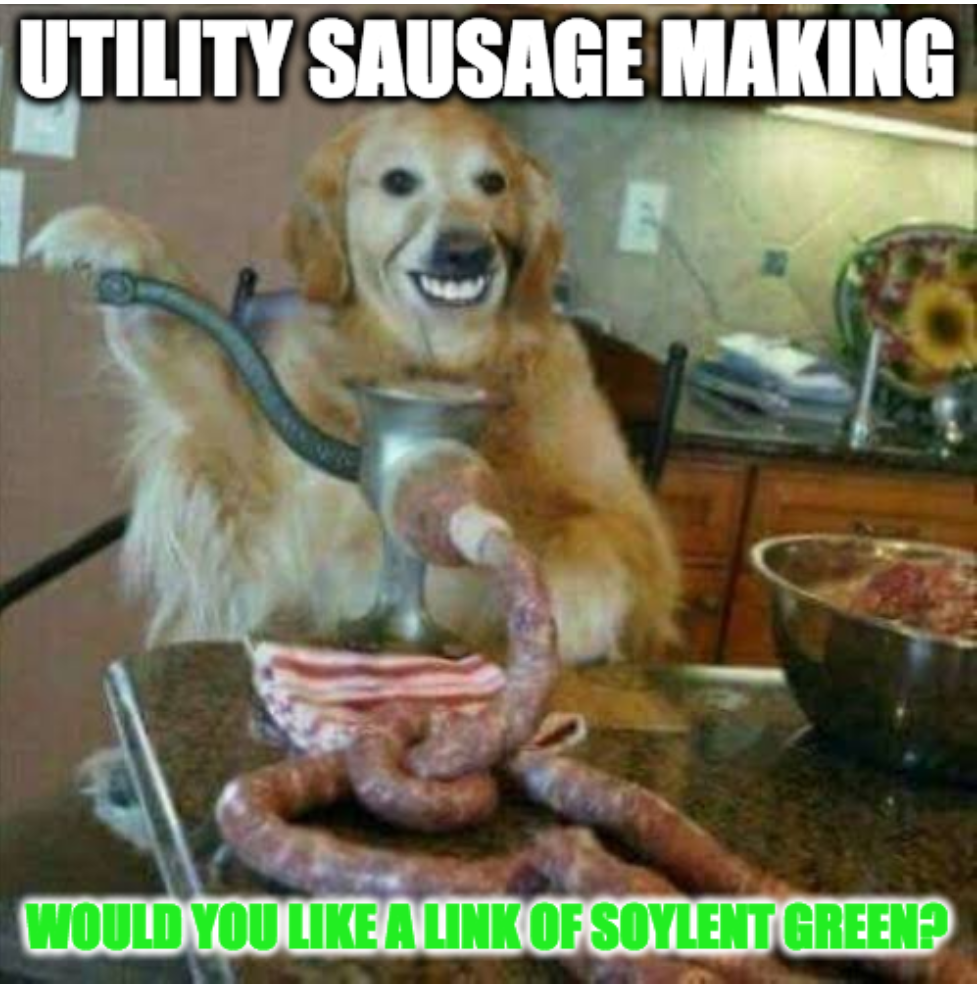
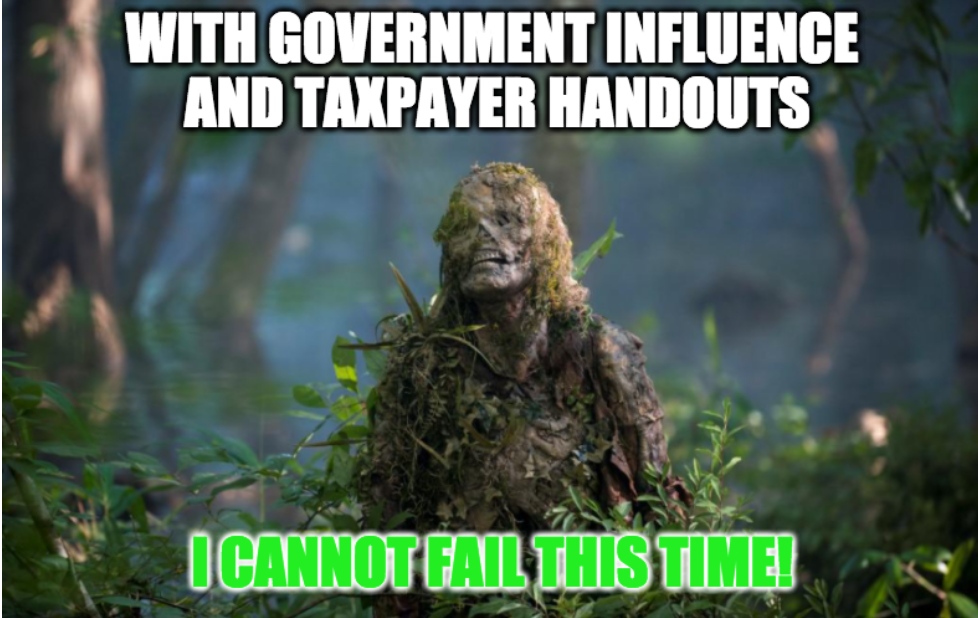
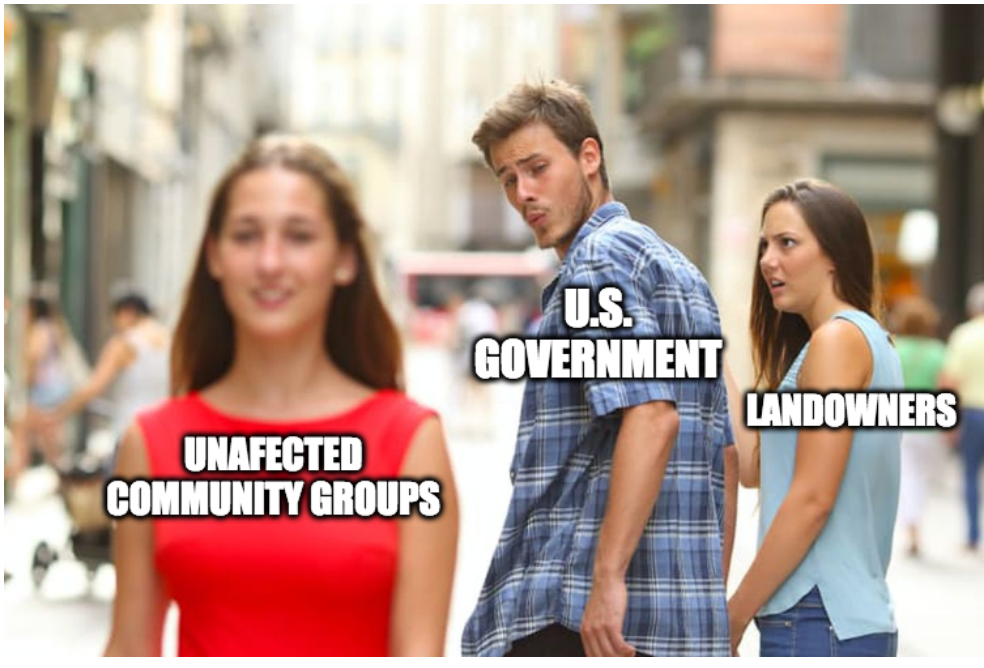
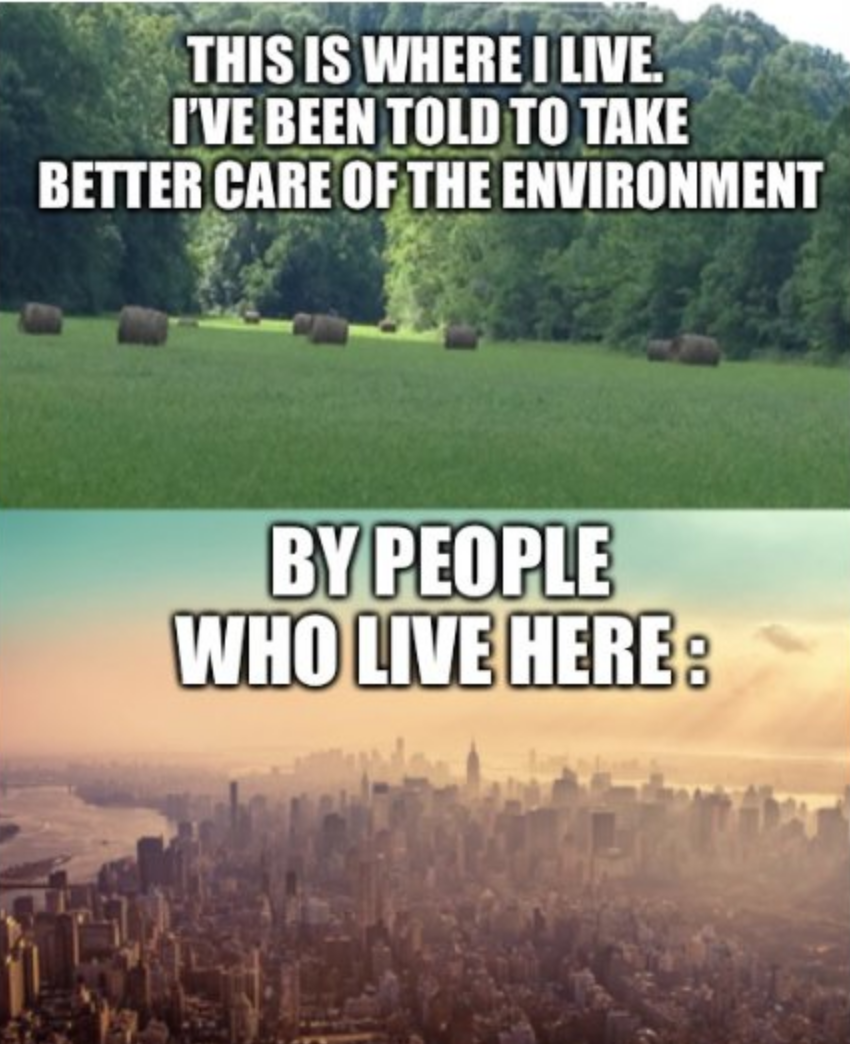
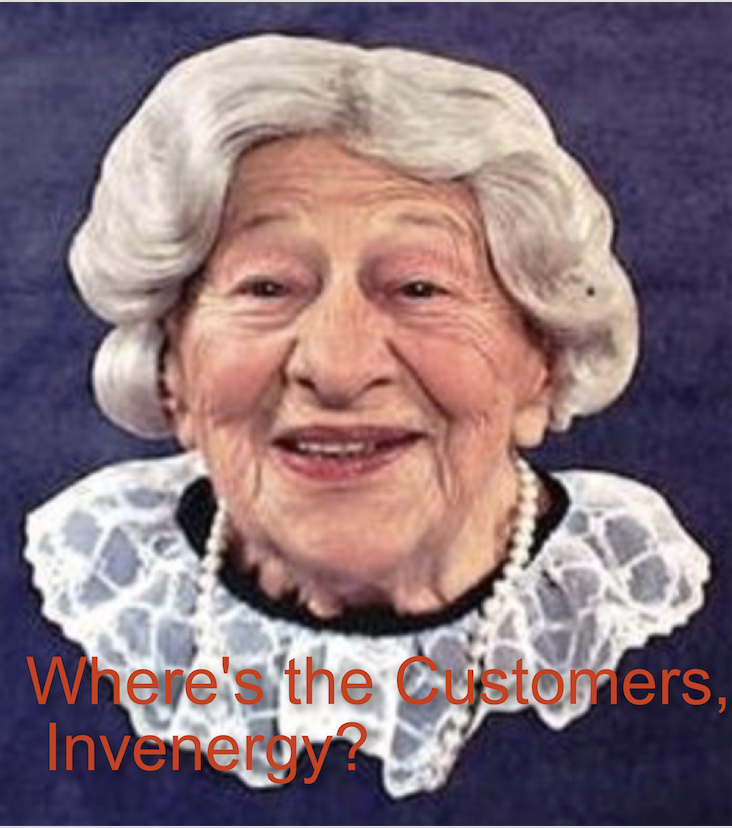
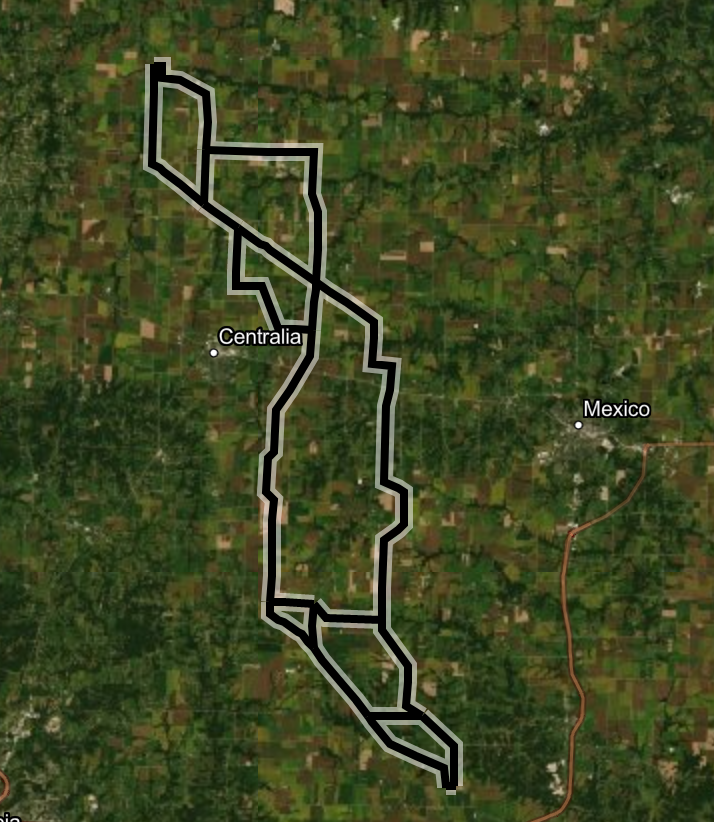
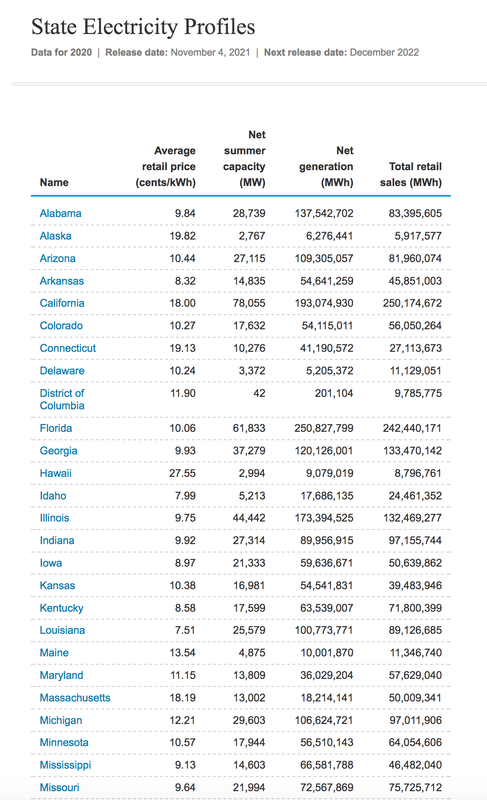
 RSS Feed
RSS Feed